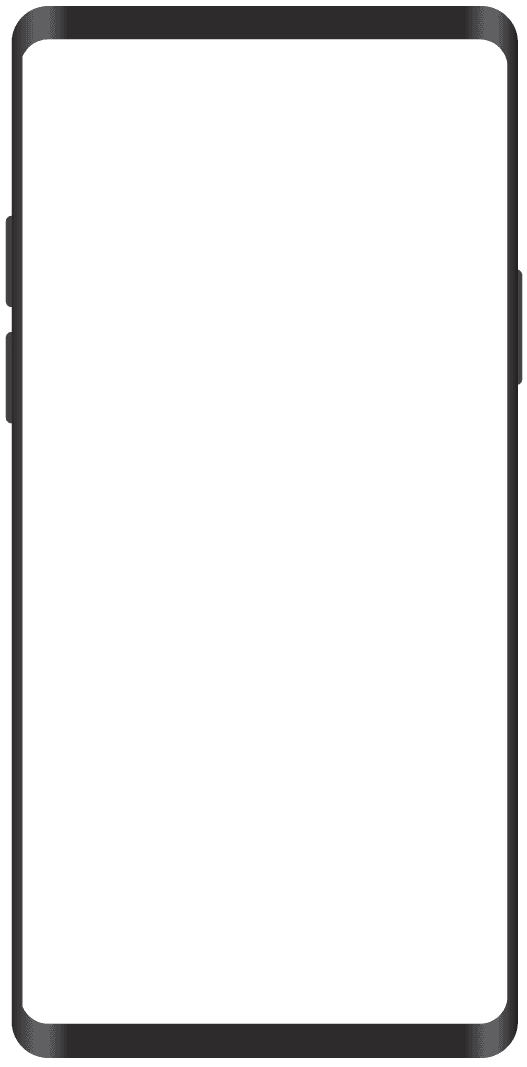Empire Day Spa Chatbot
Implementing a customized AI-powered chatbot for Empire Day Spa to automate frequently asked questions and bookings for their spa and beauty services. Features included integration with their pre-existing Acuity booking site, and a database integration for tracking user interactions and providing key marketing insights.
Main Takeaways
- Implemented a context-aware function calling system that increased online booking conversion rates by 150%
- Developed a stateful conversation management architecture that reduced API costs while maintaining user experience
- Created a secure admin dashboard with role-based access control that provides actionable business intelligence

Try it out here
Introduction and Problem Statement
Empire Day Spa asked for my assistance in integrating an AI assistant into their website to automate frequently asked questions and bookings for their spa and beauty services. I created an injectable assistant using a Next.js app and iframe and an embedded code widget. The solution needed to integrate with their pre-existing Acuity booking site and so I used functional AI tool calls to return accurate booking links. Key challenges included maintaining conversation context across sessions, handling ambiguous user queries about services, and ensuring that the booking flow remained intuitive even with the additional AI layer.
Technical Implementation
To enable the chatbot to return links to the Acuity booking site, I created an adapter pattern using TypeScript interfaces and JavaScript objects that linked to key packages with URLs. These objects were called by the model when it detected user intent to interact with a specific service using the OpenAI function calling API alongside specific server side functions for fetching specific data. Additionally, I implemented an AI-generated suggestions section using a token-optimized algorithm that provided users with three clickable options based on conversation context and historical interaction patterns, streamlining the conversation and improving the user experience by allowing them to click on further options rather than needing to input text, which optimized the use for mobile users in particular.
Database Integration and Analytics
I integrated the chatbot with a Postgres database using a Prisma client with a repository pattern that abstracted database operations behind a clean API, allowing the client to track user interactions and gain key marketing insights through aggregated queries. The database schema was optimized with appropriate indexes for conversation retrieval and included JSON fields for storing conversation metadata. An admin dashboard was built with Next.js and secured through authentication using NextAuth.js with Google OAuth 2.0 as the provider, implementing JWTs for session management. This enabled the client to log in and view a customizable list of interactions with filtering capabilities, modify services through a metadata management system, and handle misdirected leads through a workflow system that automatically categorized conversation types using natural language processing.
Model Selection and Prompt Design
After conducting performance benchmarking across multiple language models, I opted to use OpenAI's GPT Mini, which offered an optimal balance between price and functionality with a 4:1 performance-to-cost ratio compared to alternatives. The implementation included a custom prompt engineering framework with layered system prompts that maintained conversational context while optimizing token usage. I designed clear prompt specifications using constraint definitions to ensure the model returned only appropriate answers, incorporating content moderation checks before responses were delivered to users.
Results and Impact
The implementation of the chatbot resulted in a significant decrease in phone enquiries (43% reduction) and a substantial increase in online bookings. Prior to the chatbot, only 10% of bookings were made online, but this rose to 25% after implementation, demonstrating the effectiveness of the AI-powered solution. The analytics dashboard revealed that the most common user queries related to treatment duration and pricing, which informed the spa's content marketing strategy.
Conclusion and Future Development
The success of this chatbot demonstrates the potential for AI-powered conversational interfaces to automate and enhance customer engagement in the service industry. The architecture was designed with extensibility in mind, using a modular approach that will accommodate future integrations with minimal code changes. Future developments include implementing a fine-tuned model specific to spa terminology to further improve response accuracy, integrating with their CRM system for enhanced customer profiling, and the potential for developing additional function-calling features that can further optimise the booking process if the client chooses to move away from the Acuity-based booking system.
Technologies
- Next.js
- PostgreSQL
- Prisma ORM
- OpenAI API
- NextAuth.js
- TypeScript
Project Gallery




